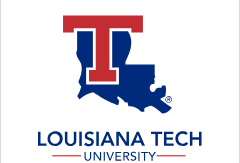Date of Award
Fall 2014
Document Type
Dissertation
Degree Name
Doctor of Philosophy (PhD)
Department
Micro and Nanoscale Systems
First Advisor
Chester Wilson
Abstract
Quartz crystal resonators have been the most commonly used timing devices to date. Today's timing market requires devices to be as small as possible and consume smaller amounts of energy. Because of the market demand, many startup companies have formed to develop silicon resonators as timing devices. Silicon resonators have poor noise and temperature performance (due to its linear temperature versus frequency coefficient). At the moment the only advantage that silicon resonators have over quartz crystal resonators is a small form factor. The photolithography processing method currently being used in industry is a very tedious task, requiring multiple etching steps and a final frequency trimming step for each individual resonator.
The goal of this research was to find a process that could increase the etch rate of quartz crystals beyond the current methods available. This dissertation reports the first results on x-rays assisting the electrochemical etching of quartz crystals in the development of quartz resonators. This process has shown the ability to increase the etch rate of quartz by 27%. The second method explored in this work involves the use of lasers to rapidly etch quartz crystals during the wet etching process. The etch rate with the laser setup can be varied from 3.8 μm/hr to 278 μm/hr. These processes were integrated with a control system used to measure the resonant frequency of each individual resonator to an accuracy of +/- 10ppm. Using two lasers incorporated with the control system allowed for a total etching accuracy of +/- 50ppm for two resonators on the same die.
Recommended Citation
Clower, William J., "" (2014). Dissertation. 80.
https://digitalcommons.latech.edu/dissertations/80

